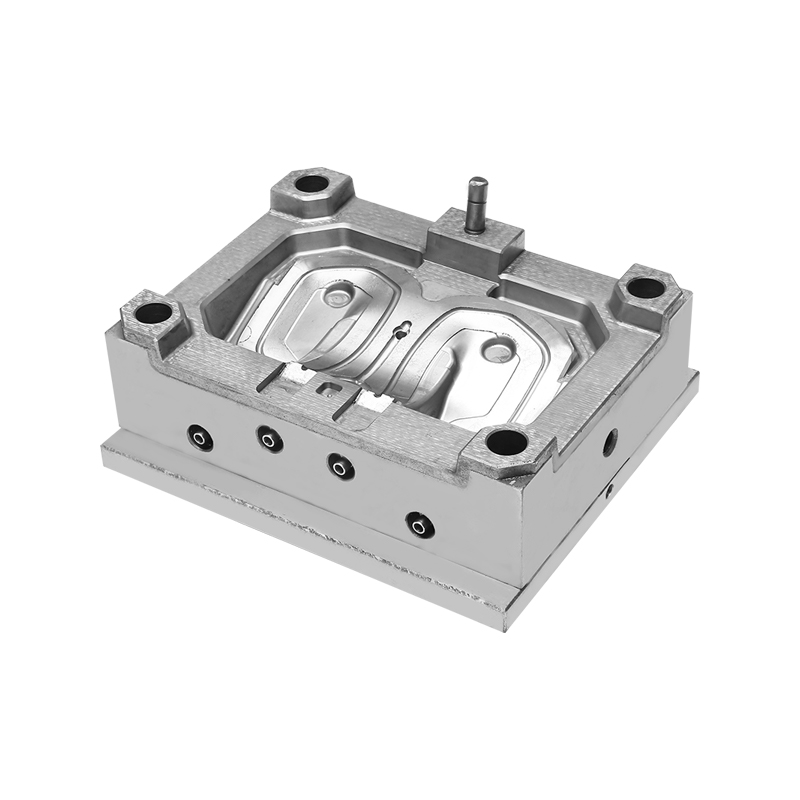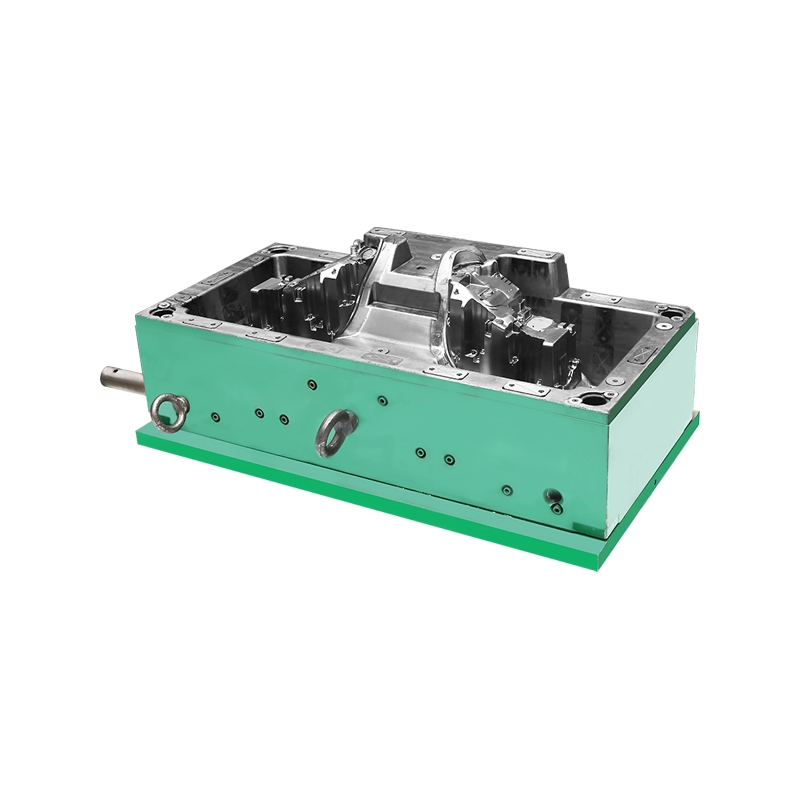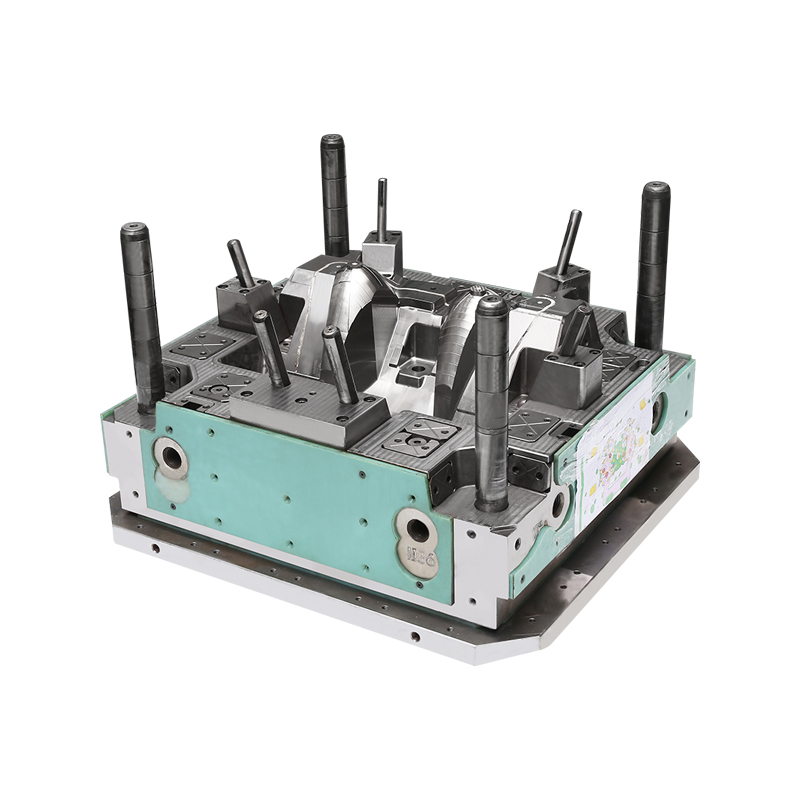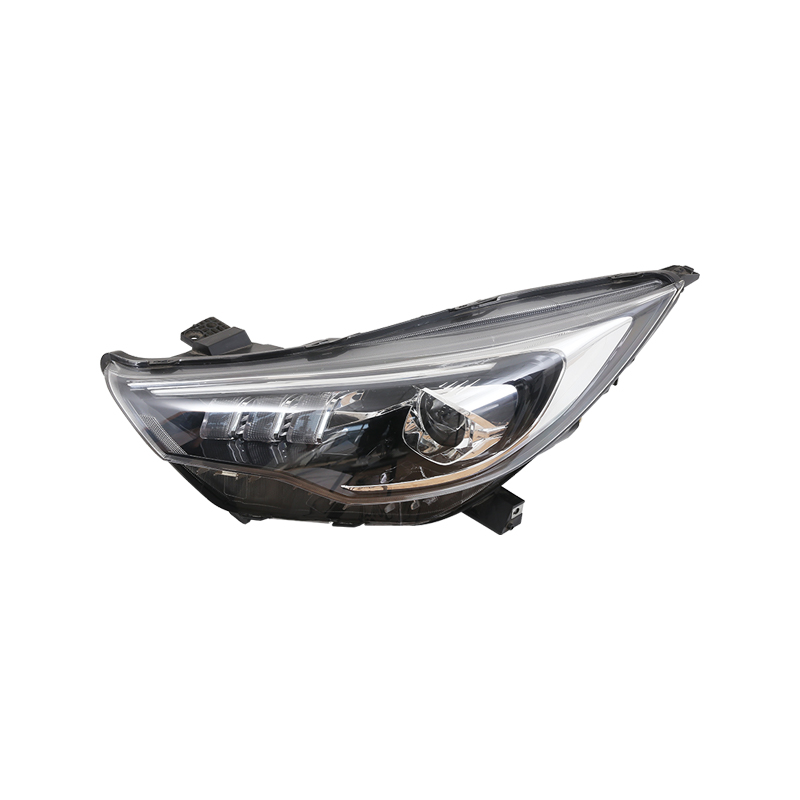As the automotive industry accelerates toward lightweight electric vehicles and smarter electronics, a quiet revolution is unfolding on factory floors worldwide. At its core lies an unsung hero: the Car Part Mold. These sophisticated manufacturing tools are no longer passive instruments but active enablers of next-gen vehicle technology, particularly through specialized process adaptability.
The Composite Imperative: Lightweighting Takes Center Stage
The shift toward electric vehicles has made weight reduction non-negotiable. Every kilogram saved extends battery range, and composite materials like carbon fiber-reinforced polymers (CFRP) have emerged as the gold standard. Yet molding these advanced materials demands capabilities from the Car Part Mold.
"Traditional molds simply can’t handle the processing parameters of composites," explains Dr. Lena Fischer, Head of Materials Innovation at Global AutoTech. "When we developed our battery tray platform, we needed molds that could sustain prolonged 350°C temperatures without degradation. The solution was a Car Part Mold with proprietary ceramic-coated surfaces.
This technical leap – integrating nano-ceramic coatings within the Car Part Mold structure – prevents resin adhesion and withstands thermal cycling fatigue. For tier-1 suppliers, this translates to:
Cycle time reductions up to 40% vs. conventional tools
Zero delamination in structural components like chassis braces
Consistent surface finish on Class-A exterior parts
The latest Car Part Mold designs now feature active cooling channels engineered specifically for CFRP curing kinetics. As BMW’s Leipzig plant recently demonstrated, such molds enabled a 22% weight reduction in i-series floor assemblies.
Micro-Injection Molding: Where Precision Meets Impermeability
While composites address lightweighting, another breakthrough unfolds at the microscopic scale. Sensor-laden modern vehicles demand flawless sealed housings – a challenge conventional molding struggles to solve. Enter micro-injection capable Car Part Mold systems.
Siemens Mobility’s experience is telling. "Our radar sensor casings require airtight seals below 0.1mm – a tolerance where traditional tools had 8% failure rates," states Production Chief Marco Bertolini. "Switching to dedicated micro-injection Car Part Mold units dropped defects to 0.5% immediately."
These specialized Car Part Mold solutions achieve this through:
Ultra-precise venting systems (<5 micron clearance)
Hardened tool steel inserts polished to mirror finishes
Real-time pressure monitoring is embedded in the Car Part Mold itself
The implications extend beyond quality. At Continental’s Budapest facility, micro-injection Car Part Mold systems reduced material waste by 31% during camera housing production, proving that sustainability and precision are synergistic.
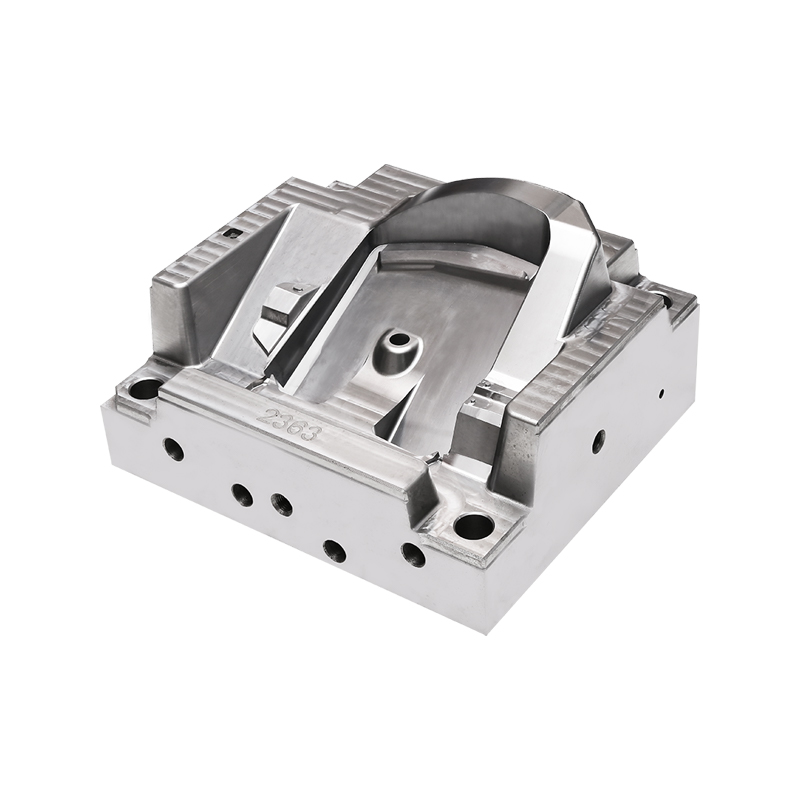
The Intelligence Embedded Within
What distinguishes modern Car Part Mold technology isn’t just hardened surfaces or tighter tolerances. It’s the integration of Industry 4.0 capabilities directly into the mold architecture:
"The Car Part Mold has become a data generator," notes Prof. Kenji Tanaka of Tokyo Institute of Technology. "Sensors tracking temperature gradients, flow fronts, and ejection forces transform each cycle into a process optimization opportunity."
This shift is evident at Bosch’s Dresden plant, where Car Part Mold units for EV power modules self-adjust cooling parameters based on real-time thermal imaging. The result? A 17% reduction in cycle time anomalies.
The Road Ahead
With automakers committing to carbon-neutral production, the Car Part Mold evolution continues. Leading moldmakers like Tooling Tech Group now explore:
Additive-manufactured conformal cooling for energy-efficient Car Part Mold systems
Self-lubricating mold surfaces eliminate petroleum-based releases
AI-driven predictive maintenance for the Car Part Mold fleet optimization
"The future Car Part Mold won’t just make parts – it’ll validate sustainability credentials," suggests Fischer. "Imagine a mold tracking the carbon footprint of every component it produces."
As automotive manufacturing enters its transformative era, the Car Part Mold has shifted from supporting actor to technology catalyst. Its ability to master specialized processes – whether sculpting composites at searing temperatures or crafting microscopic seals – makes it indispensable in building cleaner, smarter, and safer vehicles. The factories winning this race won’t just have advanced robots; they’ll be powered by next-generation Car Part Mold intelligence.

 English
English 中文简体
中文简体 русский
русский Español
Español
